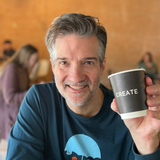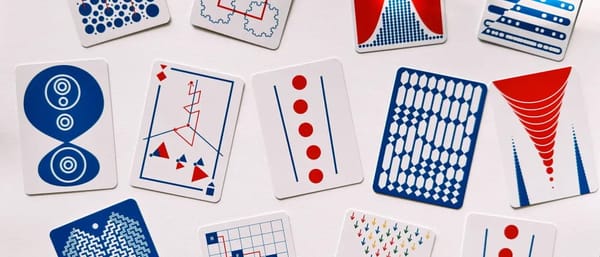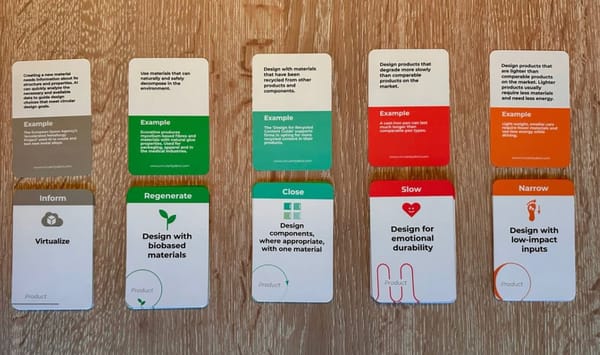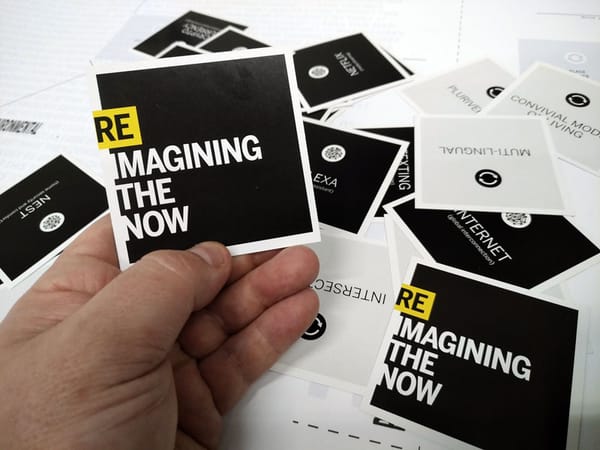№ 69 | Hexi™ for Scrum, Digital Spaces, Mario meets Pareto, Team Taxonomies, and Critically Engaging with Models
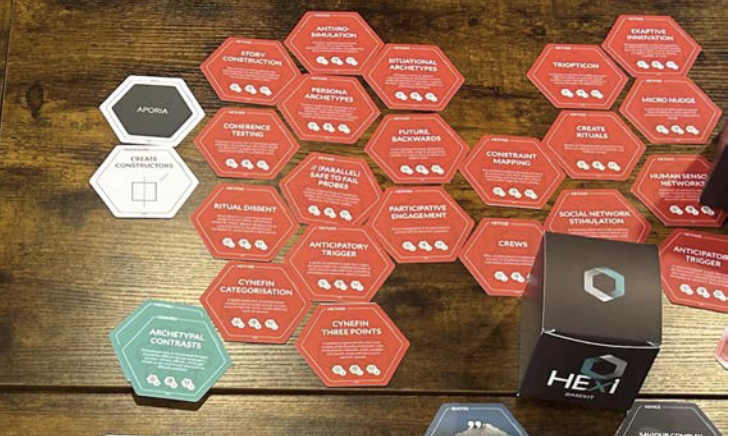
Hexi™ for Scrum
Why is that hexagon-based toolkits (and games!) are so darn appealing?! There’s a good explanation buried in this video introduction to the newest Hexi™ for Scrum kit from the Cynefin Company.
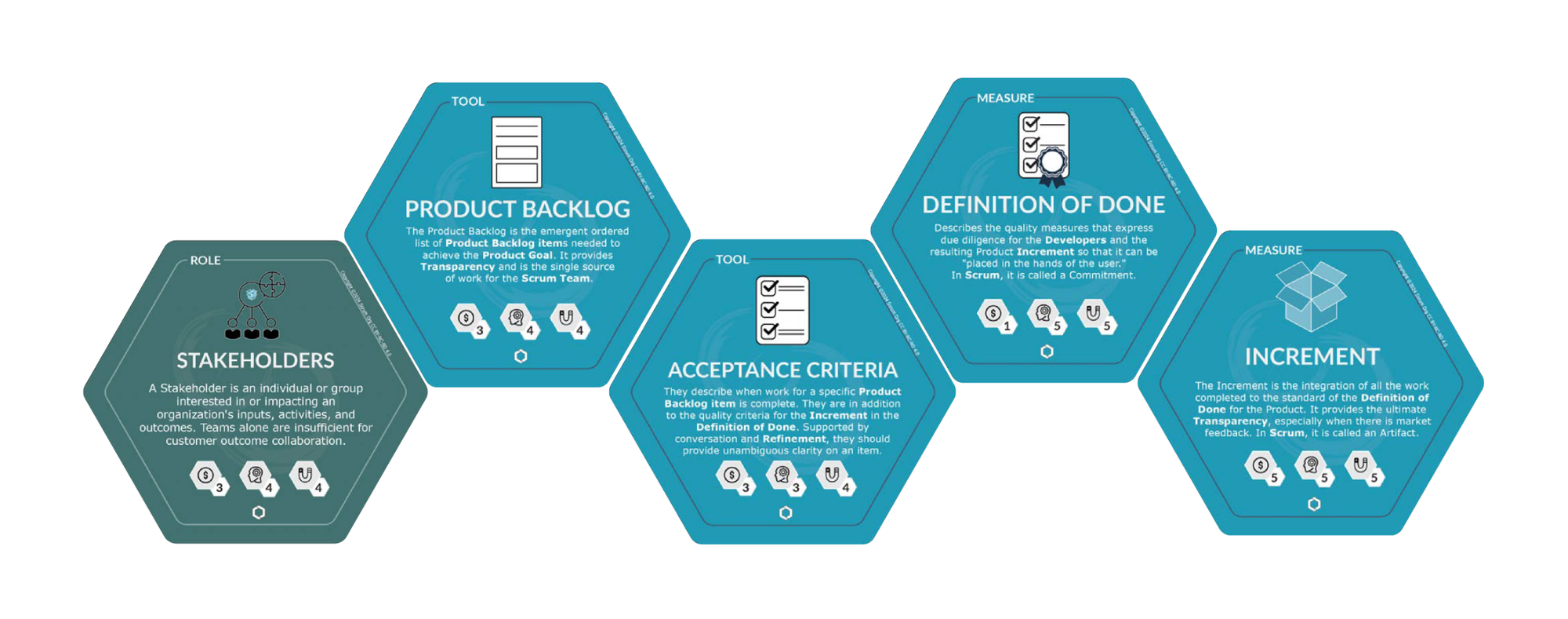
Hexi™ is a new approach using physical artifacts designed to consolidate methods, approaches, tools and techniques that can be decomposed & recombined and applied to real-world organizational issues
In straightforward terms, this is a card deck of methods (like many, many card decks out there), except… Hexi™ (a) offers a more robust set of “suits” (Methods are only one of 10 Hexi-types which also includes things like Roles, Tools, Frameworks, Metrics, and so on), and (b) opts for the hexagon shape as this allows for the kind of robust arrangements needed for the topic. This toolkit is a healthy reaction against “one size fits all” processes—acknowledging that “any method or tool has limits, and they are context specific.” In the absence of an overly simplistic process, the modularity of the Hexi™ system lets you assemble a response—a response unique to your context—from common patterns. What I find most interesting is the invitation to contribute to future Hexi™ kits:
Are you the creator or original source of a methodology or set of practices and want to contribute your own set?
Where many vendors would stick to their own IP and unique POV, here’s a willingness to partner with other groups to fold in their approaches. If successful, this feels like it could become an open, scalable platform for discussing how to work.
Oh, and then there’s the cool acrylic tiles—watch the video for an explanation of how these work!

Digital Spaces
So I’m listening to the TED radio hour, and there’s this fascinating discussion with Eli Pariser on “How Can We Reshape Our Digital Platforms To Be More Welcoming Spaces?.” While discussing “the qualities of public spaces that kind of translate into digital platforms,” he casually describes four categories: Welcome, Connect, Understand and Act.

Me being me, I sensed a framework being described, which led me to two sites: Our Civic Signals research and Civic Signals: The Qualities of Flourishing Digital Spaces. And sure enough, 4 categories, aligning to 14 signals. [Ahem. A 14 card toolkit? 4 suits? The Designing Digital Spaces board game? 🤪].
[Side note: While events and spaces are not the same thing, I am curious to see how the digital spaces framework might align to the work Priya Parker has done on designing event experiences.]
Mario meets Pareto
In Mario Kart 8, choosing your driver, kart's body, tires, and glider isn't just about style — it's as crucial as your racing skills to win a race. Ever wondered how to truly find the best ones?
And so begins “Mario meets Pareto,” a fascinating scrollable, single-page, website with multiple interactive visualizations, letting us explore how we can use the Pareto front to assess these oh-so-challenging Mario Kart configurations!

Definitely a fun “scrollsplanation” (see what I did there?), but the real kicker comes at the end:
We've had a bit of fun here, but don't you see the pattern? We're often faced with similar trade-offs. You want a meal that's both cheap and delicious? A job that's both well-paid, easy, and fulfilling? A portfolio with low risks and high returns? A flexible and strong material that's also easy to produce? A fair taxation that remains efficient ? A high quality LLM that is also fast and cost-efficient. In all these cases, you're facing a multi-objective optimization problem, and you have to make trade-offs.
Team Taxonomies
I kind of like this way of assessing the intent of different kinds of teams: Team Taxonomies for digital, data and technology organisations. Type, Makeup, Mode, and Span feels like a straightforward set of considerations to understand the DNA makeup of different teams.

As someone who has worked in many atypical teams, I especially liked this explanation for why this is needed:
Ambiguity about what a team is can create tensions, rework, and confusion and ultimately get in the way of the work.
To help, I’ve been developing a team taxonomy so that some of my clients and their teams can have better conversations about differences and similarities and hint at the expectations of interactions. This post shares these taxonomies in case they are useful to others, too.
[H/T Vicky Teinaki for this find!]
We interrupt this newsletter…
Recently, I was discussing the value of cards and card-based toolkits with a friend, and something occurred to me: With cards (in contrast to something like sticky notes where information is added ad hoc and emergent) it feels like someone has done the research, indexing, identification, etc. of information within a given domain/problem space. Whether it's cards for discussing team ‘values’ or cards that list ‘research methods’, that identification (and sometimes structured thinking), has been done for us—for better or worse—readying us to interact with this information in rich, powerful ways. Good card decks are information made tangible, and ready to play with.
While I frequently suggest something could be made into a card deck or toolkit, here’s why: With something like the thoughtfulness that’s gone in the design of digital spaces work (above), a card deck feels like the natural next step of this structured research process; the translation to card format makes the information (a) more accessible and (b) easier to use. I think this is why I gravitate to so many articles and publications that suggest a kind of deep, structured thinking—assuming the content is good (and has been thoroughly tested), content presented with clear information design in mind is content that is ripe for translation into a card deck or game of some kind. Clear, structured thinking lends itself to the rules and patterns common in card (and board) games.
While I’m getting all meta and reflective, I’ll share this reminder that all these toolkits and frameworks, however useful they may be, they are A view on things. A worldview. Among many worldviews. Here’s a great essay to remind us of this fact:
[Essay] Critically Engaging with Models
“Critically Engaging With Models” takes a critical look at mental models (generally), but more specifically three different team models (The Spotify Model, Agile Fluency, and Team Topologies) many companies have rushed to adopt, with little thought to the context or deeper values embedded in these models. Aside from being a great read, I feel this is a good complement to the other ‘things to think with’ mentioned in this edition of the Thinking Things newsletter! Oh, and wouldn’t all the heuristics in this article also make a nice card deck?! 😜
***Bonus 1: So, researchers discovered a new electroadhesion technique!
“We have discovered that hard, electrical conductors (e.g., metals or graphite) can be adhered to soft, aqueous materials (e.g., hydrogels, fruit, or animal tissue) without the use of an adhesive. The adhesion is induced by a low DC electric field.“
Learn more in this paper: Reversibly Sticking Metals and Graphite to Hydrogels and Tissues

The best comment on this discovery comes from @solarbird:
This is some 1820s science right here… It stays stuck with the voltage turned off. It’s stable for MONTHS. Reverse the polarity of the electrical flow and it unsticks. YES REALLY. This is some literal “Alessandro Volta playing around with bananas in a shed” science AND YET it WORKS and we DID NOT KNOW.”
***Bonus 2: Check out this ‘musical instrument’ that uses 2000 marbles: 🤯

